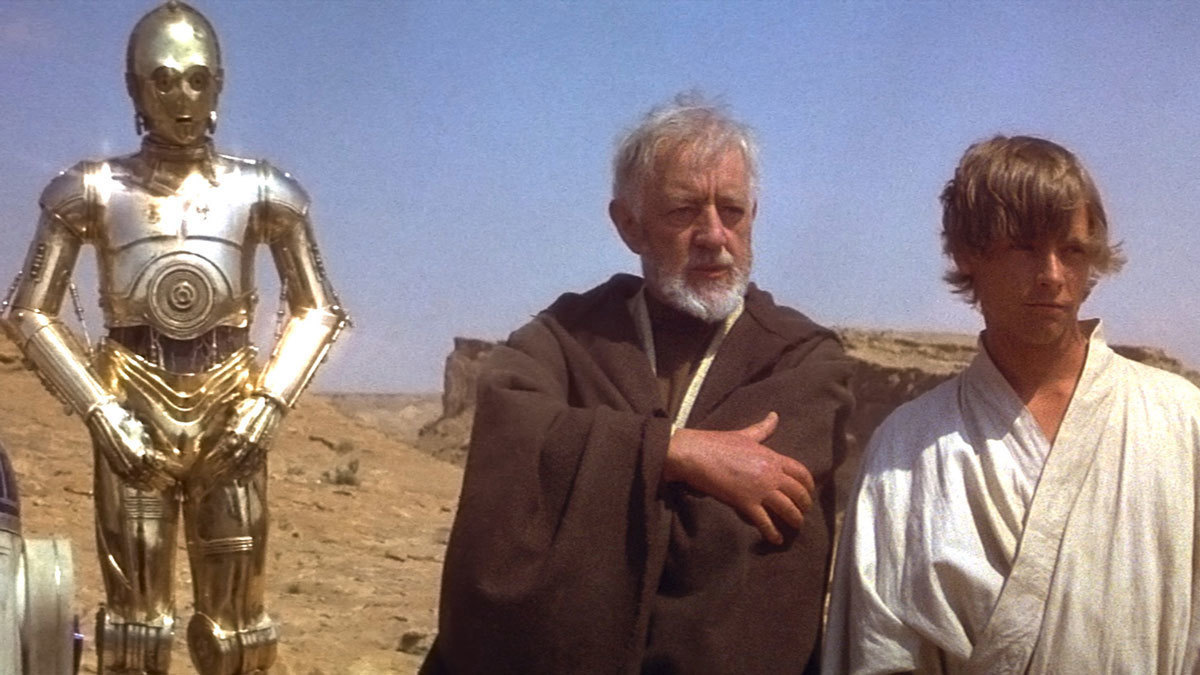Excited to present today with Ben Arnold for the Sioux Falls PMISD Community of Practice.
Learning to Live with Disappointing Everyone, at Least a Little…
Project management managers deal with having to manage project delivery across varied and sometimes competing stakeholders. Similarly, product managers are often working to manage against customer needs/desires, the demands of leadership, competing priorities and project delivery realities. This session will provide a high level overview of how the product management discipline typically differs from project management and will present a role-playing exercise that looks at problem solving through the eyes of a product manager.










